This interview with Sarah Krevans, current COO and incoming CEO of Sutter Health, and Patrick Fry, current Sutter CEO, was conducted by Eric Larsen, managing partner, Tom Cassels, executive director, and Geoff McHugh, managing principal, and condensed by Amanda Wolfe, senior director.
Question: Early on in your career, Sarah, you worked with mentally disabled patients and also frail elderly patients. Then at the 'ripe old age' of 29, you became the acting Medicaid director in Maine. You've been at Sutter for 16 years and you're now transitioning from chief operating officer into the CEO seat. What were some of the formative moments that ended up influencing your career?
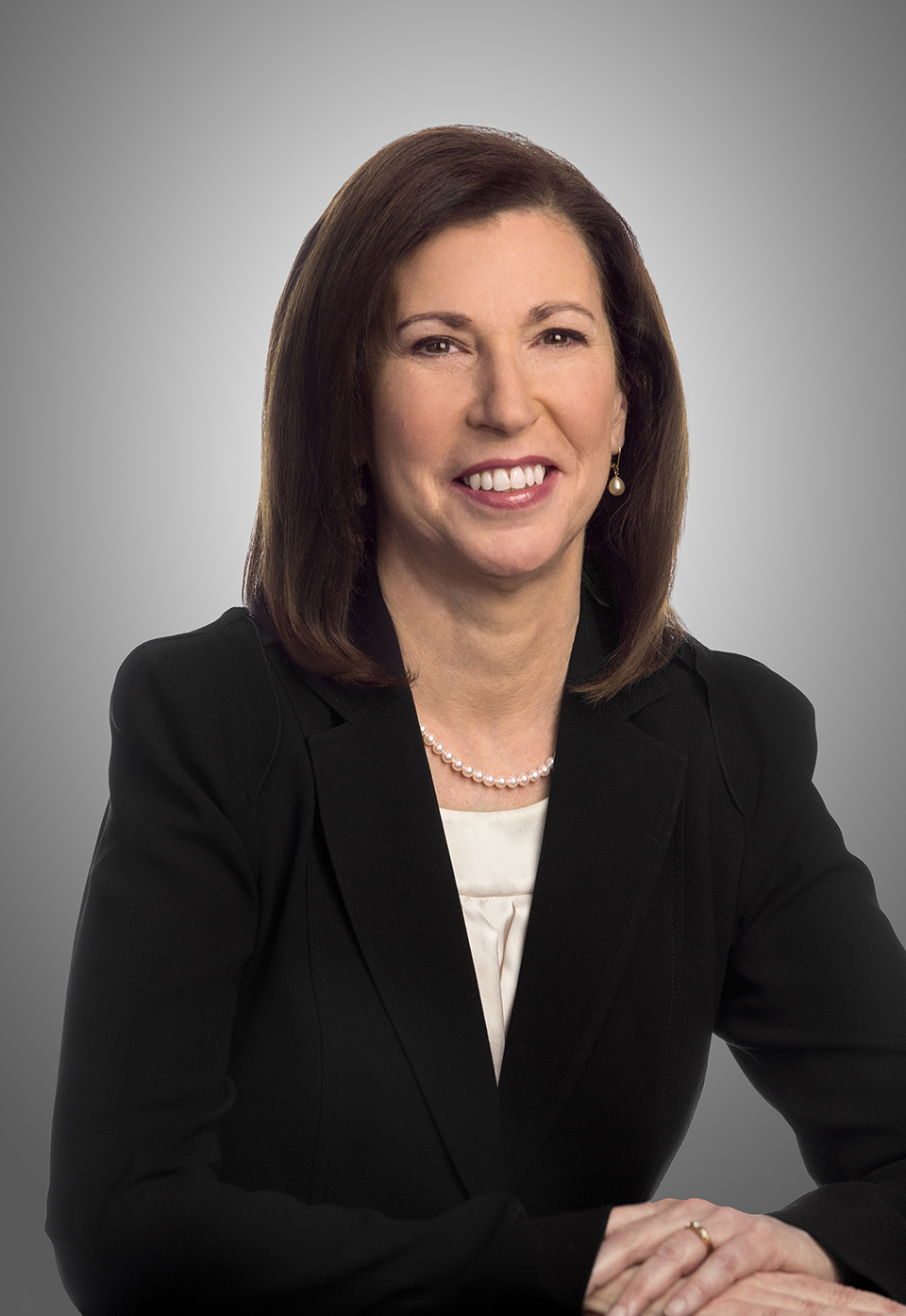
Sarah Krevans: I come from a family very much like Pat's. Both of our fathers were physicians, and I have many relatives who are physicians. Very early on in my career, I made the decision that I wanted to go the administrative route, rather than the clinical route.
I had taken some time off from college and ended up working at a skilled nursing facility that cared mostly for developmentally disabled and mentally ill patients.
When I went back to college, I worked as a home health aide in Boston.
Those two experiences revealed to me, in a profound and very human way, some fundamental problems with the health care system, and they got me thinking, 'I'm going to go to school, and I'm going to fix this.'
Building a system and a health plan
Q: 'Systemness' is kind of a funny term in health care because it covers a lot of sins. Everybody's a health system, except you can't tell. What are some of the muscles you're developing today that you think will be core strengths of Sutter in three to five years?
Krevans: If you think about the organizational muscles we've developed and what our base training has been, we've gone from having a lot of size and not a lot of scale, to having a lot of scale. One of the things we've done over the last three years is to implement a shared services organization. We used to have all of our own facilities pay their own bills, send out their own invoices, and process their own payroll. Those are very hard transitions for systems. Fast forward to almost two years later, and our costs for those transactional services, unadjusted for inflation, are less this year than they were last year. For next year, we're expecting another decrease, and at full maturity, by the end of next year, we expect it to save over $300 million for our patients.
Q: Let's talk about the development of your health plan. It was embryonic for a long time and then it rapidly took off in Sacramento. You reached your 7,000-member goal very fast.
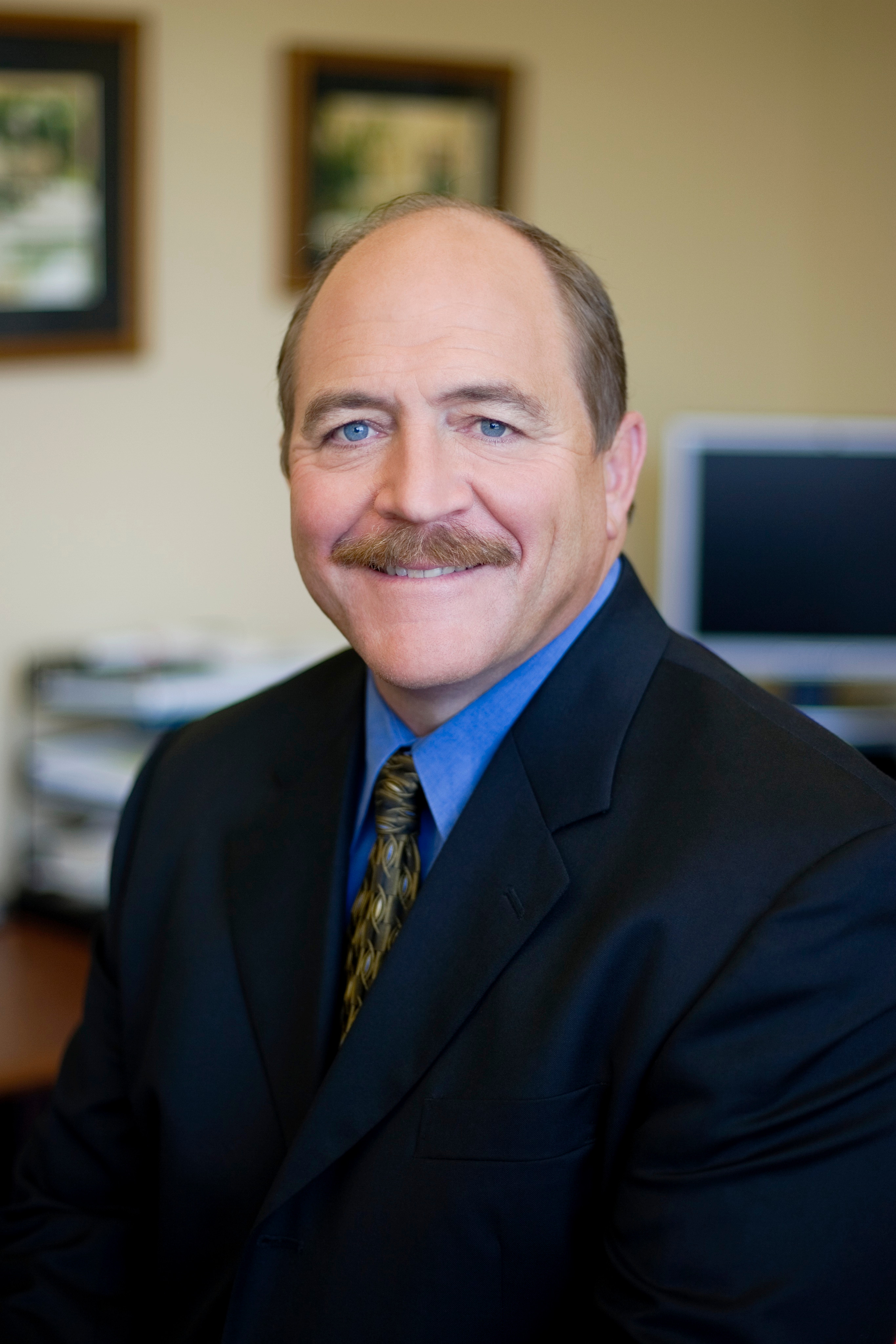
Patrick Fry: This year will be the first time we've been able to launch the plan systemwide. It's way too early to call our plan a huge success.
Our health plan right now is only offering capitated HMO products. It'll increase its product offerings over the years, but we want to use the health plan to get back into population health. Maybe that'll be a driver for other plans to go in that direction as well.
Sarah spent 15-plus years at Kaiser. She's got a competency that I don't possess. I didn't work in a health plan. That's a skill set Sutter will need over the next decade. So, Sarah, what do you see over the next three to five years with the health plan?
Krevans: It's going to be a really interesting time, and I want to tie it back to the question you asked about developing competencies for the future. There are two areas where we need to build our proficiency. First is our understanding of the market dynamics, and in particular, the ultimate purchaser. And our retail expertise needs to further develop, whether somebody's in a PPO product or a high-deductible HMO product or whether they're simply a consumer who has the same service expectations of health care that they do of everything else that they purchase today.
I believe that the health plan market is going to continue to evolve, probably in some unexpected ways. We don't look at our health plan as 'the' solution; we look at it as a solution among a family of solutions. What we want to do, either with partners or through our own plan, is meet the ultimate customer's needs.
This is not going to be about our plan becoming the equivalent of Kaiser. We have a different model, we serve a different population and different communities. We want to continue to serve those diverse communities, and we want to continue our plan relationships.
From our archives: More about Sutter Health
Recruiting skilled staff in an era of shortage
A promising care model for patients with serious illnesses
Innovation and physician engagement
Q: I'm curious how you think about cultivating and curating innovation. You've placed some strategic bets on innovation, either where you've taken an equity position or you've innovated it and introduced it internally.
Krevans: We had been an organization that liked the idea of being innovative, and parts of the organization actually did some very creative things on their own, but those creative things tended to stay in their part of the organization. And we were a very difficult organization for external innovators to partner with because we had such a lack of standardization in our approach.
One of the things that we did with our recent reorganization was to really look at the areas of focus for our company and ask, 'Are we focused enough on the market and are we focused enough on the future?' And the answer to those two things was, 'No.' We were doing an okay job, but we needed to do a better job. When we looked at the size of our organization, we said, 'We can afford to experiment more.' Some of these things may or may not work. Who knows? A big focus of our new structure is: How can we take advantage of the ability that we have to partner with external groups, whether that's around research, whether that's around technology innovation, or whether that's around care delivery innovation.
Q: Your medical foundations have approximately 2,500 physicians. You've got another 2,500 physicians in your IPAs. I think a lot of physicians and advanced practitioners feel that they are being victimized by technology and the press. As an integrated delivery network, is it more or less of a challenge to keep up your physicians' morale?
Hear more from Patrick Fry
Why Sutter Health partners with other providers: 'We're not a believer that we have to do it all.'Fry: I believe physicians feel like they've lost control. Our deployment of Lean puts physicians back in control. A key to regaining control is getting them more involved in problem-solving. We had some physicians at our Palo Alto Medical Foundation that used Lean to redesign their entire primary care approach. I had an opportunity recently to listen to a report, and these physicians were ecstatic. Because of the way they provided primary care and implemented electronic records, they were able to go home at 5 p.m. and not stay until 6:30 p.m. doing charts.
Physicians are key to transformation. They have to be involved, they have to be engaged, they have to be aligned, and I think they're a heck of a lot happier when they are, as opposed to sitting on the sidelines.
Krevans: I absolutely agree. Lean has been a big part of our operating model in the last couple of years. It can be slow, and it can be tedious, but if you went into the room our senior management meets in right now, what you'd see is a pretty disciplined approach, what we're working on and how things are going. Everybody in the organization can come in and look at it if they want to. It's part of the solution, it's not all of the solution.
There is a lot of external change right now: in patient and family expectations, and in payer expectations. Part of what we have to do is help physicians translate that and then engage them. What we can't do is put up walls around them and protect them from the external changes. We have to help the external changes be transparent and engage physicians in how to address them. It's really about how can we understand this environment together, and then how can we create a working environment for ourselves that everyone can flourish in.
Leadership styles
Q: When we talked with Pat last, we asked him to describe his leadership style. He said, 'I talk to my COO and my CFO, brainstorm what we're going to do and then I get out of their way.' From what you've observed, Sarah, do you agree with that? How would you describe your own leadership style?
Krevans: Pat has a great gut instinct for when to talk to people like myself and our CFO and just say, 'You guys take it from here.' I think there are some times when the CEO does have to make the call.
During this transition period, Pat and I have really had time to talk about what works about my leadership style in my current role and what I'll need to develop as I move into my new role.
Pat and I share a very common set of values, though we have pretty different leadership styles. I like to use the team, though maybe a little bit differently than Pat does. I may take things more to the team and less to individuals.
Q: I always find it really interesting to hear what is personally most driving for leaders. What drives each of you?
Krevans: It's a privilege to have a job where you can actually make a difference in people's lives, and I've been unhappy in my career when I felt that I wasn't able to do that. That's been such an honor to be a part of this system and to be able to know that that's really what we do. I'm very grateful for the opportunity to continue that work, to lead this organization and follow in Pat's footsteps.
Fry: For me, it's all about the people. In the last couple of weeks, I've been visiting several of our subsidiaries, and I take great pride when I see the enthusiasm from the nurses, from the environmental service people, from the physicians, about the difference they're making in their respective communities. I've never come to work one day without being excited. That's one of the great things about Sutter; it's just a very dynamic environment.
Q: One of the most-consistent characteristics across the highest-performing systems is optimism. How important is it for you as leaders to project optimism?
Krevans: Realistic optimism is a really important concept as a leader. One of the things that Pat has been really successful in projecting is a sense of confidence but not overconfidence. We're confident that we can take on this challenge and succeed, but it's going to be hard work.
As part of an earlier reorganization, our 40 boards essentially had to vote to disband and merge into something that would do greater good. We got that done in half the time people predicted it would take, and without a single affiliate leaving the organization. When we said the market has changed, our competitors have changed, how purchasers are buying health care have changed, and five regions don't serve us well and we need to move again, we were able to do the same thing again. Realistic optimism—that the organization can do the right thing for the people it serves and make the tough decisions—really helps drive that kind of change.
Reflections
Q: Sutter has had exponential growth across your tenure, Pat. When you took the helm, you were somewhere in the vicinity of $6.7 billion in revenue. Now you're above $10 billion. You're closing in on 50,000 employees. You've completed new construction or renovation of a dozen new hospitals, and you have countless outpatient centers. You and I have had spirited discussions in the past about growth, and could you articulate some additional thoughts now?
Fry: One of the sentinel events in Sutter's history was doubling down on physician strategy during the late '90s. At that point, the craze of buying physician groups wore out, and most other organizations abandoned that strategy because it was costing them too much.
The majority of our growth in the last five-plus years has not been on the acute care side, but on the ambulatory side. The reason why we're continuing to grow on the ambulatory side is that the physicians who are a part of our system understand that Sutter hung in there with them, even during the really tough times. You can't be an integrated delivery system without very much aligned relationships with your physicians.
Q: Do you consider anything left undone compared with your original aspirations?
Fry: I don't think that anything is left undone. Some things took a little bit longer than I would've anticipated. This is the first time in my 34 years where we can actually market the system as a system. That's a significant step forward, and I think it will give us a lot of new opportunities.
Q: Pat, I'm very curious what's next for you. What are your post-Sutter plans?
Fry: Well, I'll still be involved in health care. I just was accepted and am very happy to be on the TeamHealth Board, which is a publicly traded company. I'll also spend more time skiing with my wife.
Get more lessons from the C-suite
See the Daily Briefing's archive of must-read interviews with other top hospital and health system leaders, including:
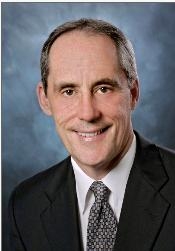 Cedars-Sinai's CEO survived an earthquake on his first day. Here's what shake-ups he sees for the health care industry.
Cedars-Sinai's CEO survived an earthquake on his first day. Here's what shake-ups he sees for the health care industry.
Thomas Priselac, president and CEO of Cedars-Sinai Health System, discusses authentic leadership, the future of academic medical centers, and how his institution is approaching partnerships. Read our interview with Thomas.
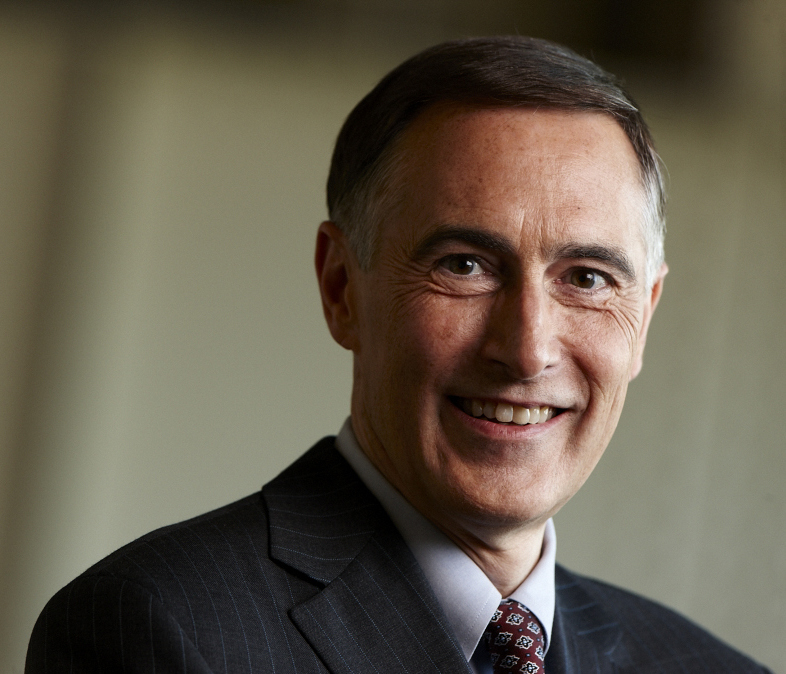 Aurora Health Care has had a great year. So why does its CEO want to 'self-disrupt'?
Aurora Health Care has had a great year. So why does its CEO want to 'self-disrupt'?
Nick Turkal, CEO of Aurora Health Care, talks about the keys to his system's successful year, how he thinks about 'systemness,' and why it's time to 'self-disrupt.'
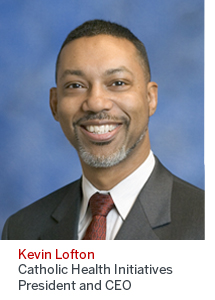 Why Kevin Lofton banished 'bullet points' from his hospitals
Why Kevin Lofton banished 'bullet points' from his hospitals
Catholic Health Initiatives' CEO explains what his hospitals are doing to improve health care outside their walls and why he thinks his system needs to get back to tradition. Read our interview with Kevin.
Don't miss out on the latest Advisory Board insights
Create your free account to access 2 resources each month, including the latest research and webinars.
Want access without creating an account?
You have 2 free members-only resources remaining this month remaining this month.
1 free members-only resources remaining this month
1 free members-only resources remaining this month
You've reached your limit of free monthly insights
Become a member to access all of Advisory Board's resources, events, and experts
Never miss out on the latest innovative health care content tailored to you.
Benefits include:
You've reached your limit of free monthly insights

